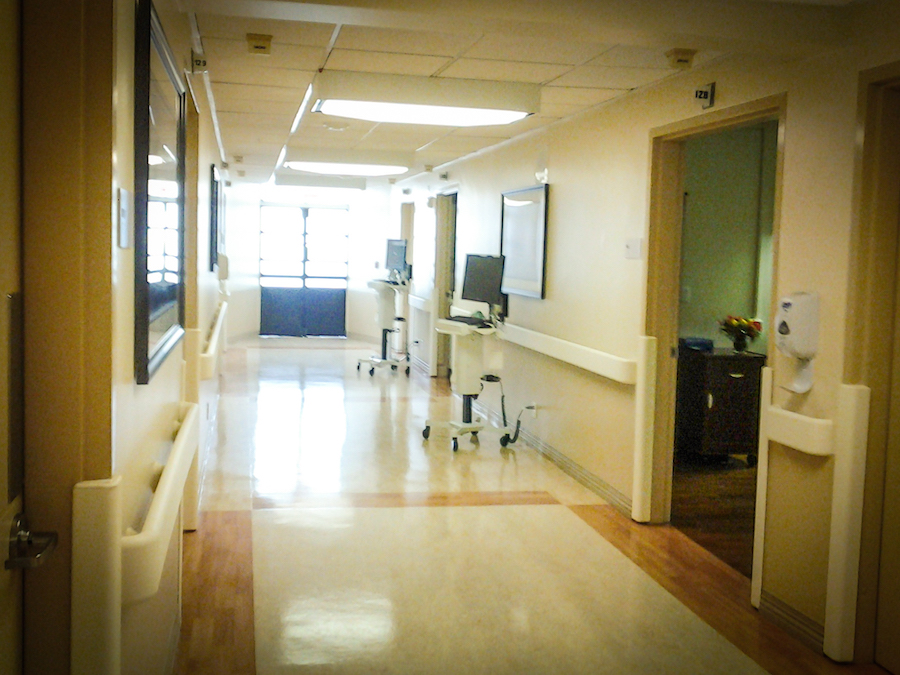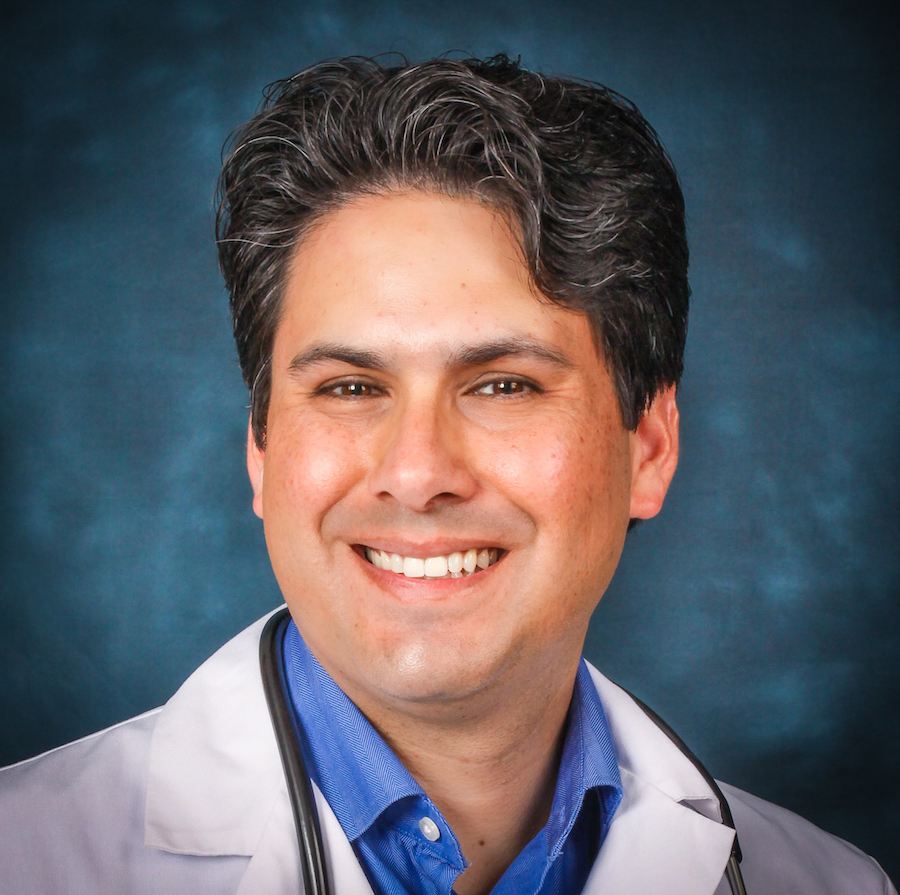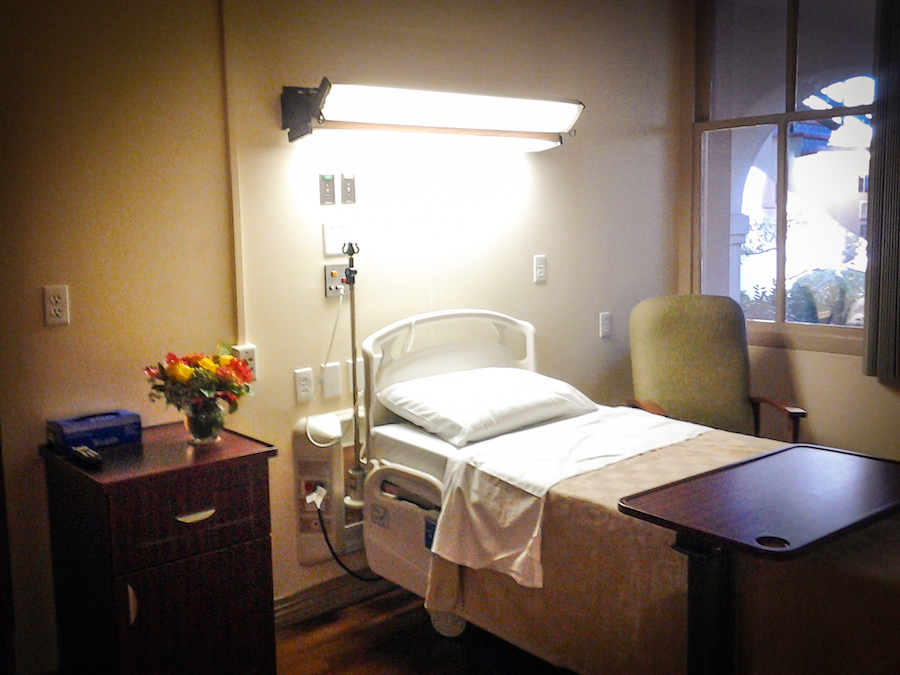
Within the last few weeks, a Long Beach man—we’ll call him John—said he lost control of his life. Stressed from new and what he considered unreasonable demands at his 19-year job, John turned to alcohol. But alcohol wasn’t a new friend. Alcohol was his mistress, the thing he turned to when things got too rough for the past 15 years.
John’s decision-making process was convoluted. He often chose booze over important responsibilities, like attending board and commission meetings to speak on important issues, such as those within the LGBT community.
“When I think I’m going to go, I drink,” John said. “And when it’s time to go, I just decide to drink. It seems like it’s just taken control of my life, and I just no longer make the decisions I used to make. I’m not living the life I used to live but I’m also not living the life that I should be living.”
Fed up with this, John, 45, knew he needed help, and desperately reached out to his doctor, confessing his addiction to alcohol. That’s when John was introduced to a new addiction medicine program at Community Hospital Long Beach, which launched earlier this month.
The program and latest installment of MemorialCare Center for Mental Health & Wellness offers inpatient treatment in a 10-bed unit for people who are struggling with addiction to a substance, like alcohol and drugs.
 Unlike a treatment facility that people may see on television, the addiction medicine program is beneficial for people who have existing medical problems that would be complicated by a detox, said Dr. Mario San Bartolome [pictured left], who is in charge of the program.
Unlike a treatment facility that people may see on television, the addiction medicine program is beneficial for people who have existing medical problems that would be complicated by a detox, said Dr. Mario San Bartolome [pictured left], who is in charge of the program.
“It’s a very comprehensive approach we have here,” he said. “We look at six areas of somebody to decide where they go along on their journey. We’re stablizing them here, and then we’re sheparding them to the next step, which is the part where treatment begins to get really engaged.”
The program offers patients different levels of care to assist with long-term recovery, including a partial hospitalization/intensive outpatient program (PHP), for more severe cases, and an intensive outpatient program (IOP). Inpatient treatment can last for anywhere between three days to two weeks, depending on what is needed for the patient.
Because the program is at a hospital, the patient has the option to go to multiple care units, like the intensive care unit or psychiatric unit, if needed.
“There are all sorts of levels of treatment,” San Bartolome said. “A residential treatment facility generally doesn’t have a doctor there. What they have are people who are trained in treatment and help guide them through treatment. That’s appropriate for when patients are done after withdrawal. Most people who have substance abuse issues don’t need this place. People come here in crisis. We’re not here to talk about the 12 steps. These people are going through withdrawal, which is terrifying to them.”
The occurance of a dual diagnosis, of mental issues along with an addiction, is high. According to the National Alliance on Mental Illness, nearly one-third of people with all mental illnesses and about half of the people with severe mental illnesses also experience substance abuse. More than one-third of all alcohol abused and more than half of all drug abusers are also battling mental illness.
One of those people, San Bartolome said, was John.

“[John] came in with his nervous system shot,” San Bartolome said. “Had he tried this on his own, he would have been at a really high risk for seizures outside of here.”
And John, who said he began drinking when he moved in with his alcohol-enabler father 15 years ago, said he believed he would have died if he didn’t seek help.
“My dad re-married, and that really catapulted me to drinking even more because his new wife was a step-monster,” he said. “She really controlled him, so my dad kicked me out, which really was the best thing for me because I bought my own home and started my new life. But I was still drinking a bottle, two bottles, with my then-partner. It just escalated with the wine and drinking and driving. You lose sight of things. You’re not thinking anymore. You’re not making right decisions. That lasted for about six years. When my ex left, I stopped drinking beer and began drinking vodka in 2010. At first it was just three vodkas at night. I would find anything to mix the vodka with. Instead of doing something about my problem, I completely abandoned the house and moved into an apartment. I had fears of going back to that house because I knew what it was like.”
Alcohol was not only a comfort anymore, but something that John said he needed. A daily bottle of straight vodka eventually turned into two then three bottles. And when he couldn’t purchase his own alcohol, John became promiscuous and began sleeping with random men who would buy him drinks.
 “I started to feel health issues like vertigo,” John said. “I would sweat all the time. I had erectile dysfunction. I was losing it. It was always, should I see someone or should I drink? Everything was a choice, and all I did was drink. That’s how I got to where I am. There were moments where I felt like I was going to have a heart attack, and I’m too vain to die today.”
“I started to feel health issues like vertigo,” John said. “I would sweat all the time. I had erectile dysfunction. I was losing it. It was always, should I see someone or should I drink? Everything was a choice, and all I did was drink. That’s how I got to where I am. There were moments where I felt like I was going to have a heart attack, and I’m too vain to die today.”
John, who arrived at the hospital on Monday, said he entered in a much different state than he is in currently. On that first day, he said he wanted to jump out of the window and never come back. However, he said the nurses and San Bartolome are “amazingly nice” and make him want to get better, and therefore he has a better attitude about the facility.
John, who San Bartolome said should be in the inpatient facility for a few days before moving to the IOP, said he doesn’t know what to expect after getting out of the hospital, but hopes for the best.
“I still don’t know. I think of another drink once I leave here, but I say to myself, ‘There’s no fucking way I’m coming back here,'” he said. “There’s so much I’m missing out on. There’s so much I’ve already missed out on. Right now, I’m hoping to never touch alcohol again. I’ve heard everyone is different. But I don’t want to relapse.”

